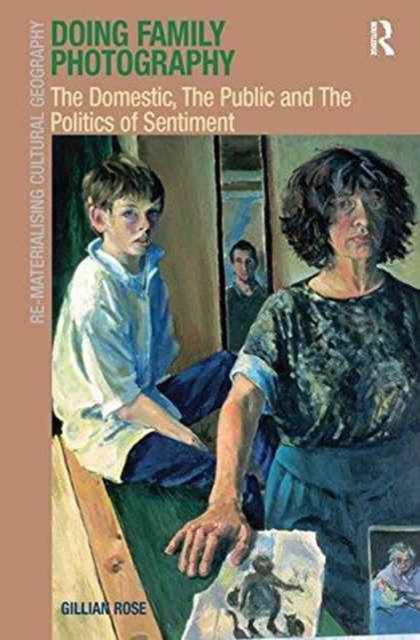
- Afhalen na 1 uur in een winkel met voorraad
- Gratis thuislevering in België vanaf € 30
- Ruim aanbod met 7 miljoen producten
- Afhalen na 1 uur in een winkel met voorraad
- Gratis thuislevering in België vanaf € 30
- Ruim aanbod met 7 miljoen producten
Zoeken
€ 106,95
+ 213 punten
Uitvoering
Omschrijving
Family photography, a ubiquitous domestic tradition in the developed world, is now more popular than ever thanks to the development of digital photography. Once uploaded to PCs and other gadgets, photographs may be stored, deleted, put in albums, sent to relatives and friends, retouched, or put on display. Moreover, in recent years family photographs are more frequently appearing in public media: on posters, in newspapers and on the Internet, particularly in the wake of disasters like 9/11, and in cases of missing children. Here, case study material drawn from the UK offers a deeper understanding of both domestic family photographs and their public display. Recent work in material culture studies, geography, and anthropology is used to approach photographs as objects embedded in social practices, which produce specific social positions, relations and effects. Also explored are the complex economies of gifting and exchange amongst families, and the rich geographies of domestic and public spaces into which family photography offers an insight.
Specificaties
Betrokkenen
- Auteur(s):
- Uitgeverij:
Inhoud
- Aantal bladzijden:
- 168
- Taal:
- Engels
- Reeks:
Eigenschappen
- Productcode (EAN):
- 9781138246317
- Verschijningsdatum:
- 9/09/2016
- Uitvoering:
- Paperback
- Formaat:
- Trade paperback (VS)
- Afmetingen:
- 156 mm x 234 mm
- Gewicht:
- 244 g

Alleen bij Standaard Boekhandel
+ 213 punten op je klantenkaart van Standaard Boekhandel
Beoordelingen
We publiceren alleen reviews die voldoen aan de voorwaarden voor reviews. Bekijk onze voorwaarden voor reviews.











